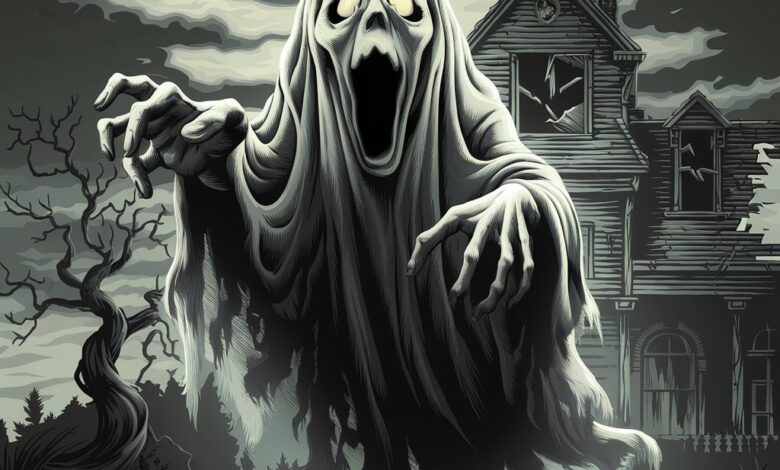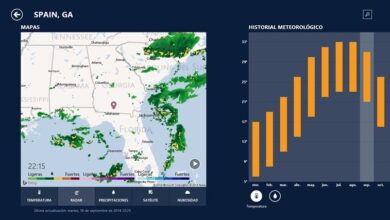Exploring AI Art Horror IV Needles: The Dark Side of Medical Imagery

The intersection of artificial intelligence (AI) and art is a fascinating space that continually pushes the boundaries of creativity and expression. AI-generated art has opened new doors for artists, technologists, and creative minds to explore themes that were once constrained by traditional media. Among the myriad topics explored by AI art, the fusion of horror and medical imagery, particularly involving IV needles, has become an unsettling yet intriguing trend. This new form of art, often referred to as AI art horror, taps into primal fears, using the cold, sterile world of medical tools like IV needles to evoke dread.
In this blog, we delve deep into the dark side of medical imagery in AI Art Horror IV Needles, focusing on the pervasive motif of IV needles. Why are these images so effective in evoking fear? How does AI contribute to the uncanny, and why is this fusion of technology, horror, and medical visuals so compelling?
The Role of Fear in AI Art Horror
Art has always been a powerful medium for evoking emotion, and horror as a genre is particularly adept at stirring our deepest fears. The fear of medical procedures—especially the fear of needles—taps into a very real, tangible anxiety that many people experience. IV needles, in particular, carry connotations of vulnerability, pain, and a loss of control. They represent an invasive procedure that many associate with illness or emergency, moments when one’s health is in peril.
AI art horror takes these medical fears and magnifies them, distorting the familiar into something grotesque and terrifying. By using IV needles as a central motif, AI-generated horror art transforms what is normally seen as a mundane medical tool into a symbol of terror.
Why IV Needles?
IV needles in AI art horror symbolize more than just medical fear; they tap into a range of emotions tied to the human experience. Needles are sharp, invasive, and inherently discomforting to most people. When these objects are placed in a horror context, they become even more unsettling.
The act of getting an IV inserted is often associated with vulnerability. In hospitals or medical settings, patients are at the mercy of healthcare professionals. AI art horror IV needles exaggerate this fear by taking the familiar image of a needle and pushing it into the realm of the uncanny. The needle becomes larger, sharper, and more menacing. Sometimes, AI-generated art will morph the needle into monstrous forms or depict it in surreal, dystopian medical settings that amplify its terror.
Read Also: Brady Sucks Vercel: A Deep Dive into the Controversial Phrase
For some, these depictions speak to the fear of bodily invasion and the loss of autonomy. The needle-puncturing skin becomes a metaphor for the intrusion of technology or the fragility of the human body. By exaggerating these elements, AI horror art exploits deeply ingrained fears that lie beneath the surface of modern medical practices.
How AI Generates Horror
Artificial intelligence is a uniquely powerful tool for creating horror because it can amplify and distort the familiar. AI-generated art typically works by processing vast datasets of images and styles, learning patterns, and then producing new pieces based on what it has absorbed. In the context of horror, AI takes familiar objects—such as IV needles—and warps them, creating images that are simultaneously recognizable and profoundly disturbing.
One of the hallmarks of AI-generated horror art is the uncanny. The uncanny refers to something that is both familiar and strange at the same time, causing discomfort in the viewer. When AI produces an image of an IV needle, it might subtly alter the proportions, colors, or textures in ways that make the object look “off.” The needle might be too long, too thin, or its texture might resemble something organic rather than metal. These subtle distortions are what make AI art so effective at creating a sense of dread.
In many ways, AI’s process mimics the logic of nightmares. It takes everyday experiences—like getting an IV—and amplifies them until they become grotesque. In AI art horror, IV needles are not simply tools for administering medicine; they are instruments of torture, symbols of fear, or even living entities with their own malevolent intentions.
Medical Imagery as a Horror Trope
Medical imagery has long been a staple of horror, whether in films, literature, or visual art. Hospitals, surgeries, and medical tools are frequent settings and objects in horror because they evoke vulnerability and pain. The sterile, cold environment of a hospital contrasts sharply with the warmth and safety we associate with home, making medical settings inherently unsettling.
In AI art horror, this theme is taken to its extreme. Medical tools like IV needles are depicted not as tools of healing but as instruments of pain. The precision and sterility of the medical environment become eerie and hostile, as AI warps these familiar scenes into nightmarish versions of themselves.
The fear of medical procedures, especially those involving needles, is a well-documented phenomenon. Known as trypanophobia, the fear of needles affects a significant portion of the population, making IV needles a potent symbol in horror art. AI art horror exploits this fear by exaggerating the size, shape, and function of needles, making them look more dangerous and intimidating than they are in real life.
The Aesthetic of AI Art Horror IV Needles
A significant part of the appeal and fear of AI art horror IV needles lies in the aesthetic choices made by the algorithms. These artworks often have a hyper-realistic yet surreal quality. The AI-generated needles might be sharper and more reflective, set against backgrounds of clinical white or sterile steel, creating a cold, lifeless atmosphere. Alternatively, the AI might blend organic textures with the metallic sharpness of the needle, making it appear as if the needle is alive, ready to pierce not just the skin but the soul of the viewer.
Color plays a huge role in these images as well. The pale, lifeless colors of hospitals are often contrasted with the deep red of blood or the dark shades of decay, adding to the horror of the scene. The combination of medical precision with grotesque, unnatural elements gives AI art horror IV needles an otherworldly quality that is difficult to look away from, despite the discomfort they evoke.
The Impact on Viewers
The power of AI art horror IV needles lies in its ability to evoke deep-seated fears in viewers. For some, these images are simply fascinating explorations of the boundaries of AI and art. For others, they tap into personal anxieties about medical procedures, illness, and vulnerability.
Conclusion
AI art horror IV needles represent a unique fusion of technology, art, and fear. By distorting familiar medical imagery, AI taps into primal fears about the body, medical procedures, and loss of control. The uncanny nature of these images—where the familiar becomes strange—makes them particularly effective at evoking dread.
As AI art continues to evolve, it will likely push further into the realms of horror, exploring new ways to disturb and fascinate us. For now, the dark side of medical imagery, particularly involving IV needles, serves as a powerful reminder of how art—whether created by humans or machines—can tap into our deepest fears.




